
Paying attention, knowing the signs: How teenagers can help save a life
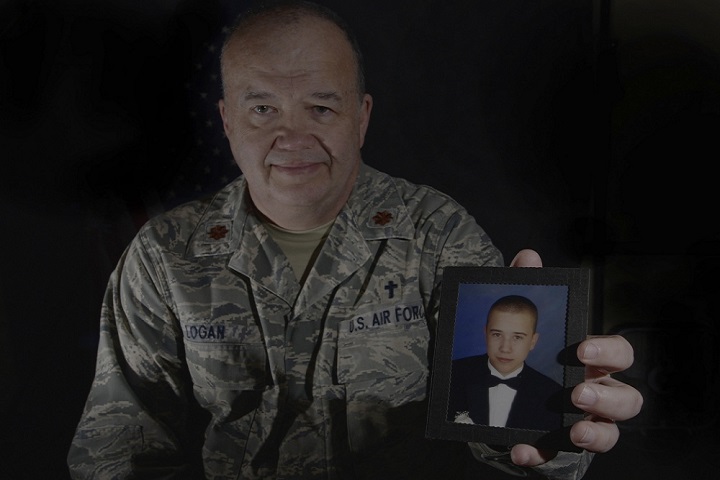
Air Force Maj. William Logan, a chaplain with the 35th Fighter Wing, holds a picture of his son, Zac, who committed suicide. Suicide among teenagers remains a concern. (U.S. Air Force photo by Airman 1st Class Jordyn Fetter)
FALLS CHURCH, Va. — Teenage years are filled with physical, mental, and emotional changes that can be difficult to manage. When these challenges outweigh a person’s ability to cope, suicide can become a risk, experts say. By understanding the warning signs and knowing where to go for support, teenagers can help prevent suicide among their peers.
Larry Pruitt, a clinical psychologist and program supervisor for the Department of Defense Suicide Event Report at the Psychological Health Center of Excellence, said warning signs include thinking or talking about suicide, seeking a way to harm oneself, increased substance abuse, and feelings of hopelessness, anxiety, or purposelessness. Changes such as becoming withdrawn, showing anger, becoming reckless, or having mood changes should also be noted, he added.
“Suicide is a permanent solution to what is usually a temporary problem,” said Pruitt. “Taking the time to pay attention to signs, listen and communicate, and then knowing what to do can help save a life.”
According to the Centers for Disease Control and Prevention, suicide among teens and young adults has nearly tripled since the 1940s, and it is the third leading cause of death for youths between the ages of 10 and 24, with roughly 4,600 lives lost each year. A nationwide survey of high schools in the United States found that 16 percent of students reported seriously considering suicide, 13 percent reported creating a suicide plan, and 8 percent reported trying to take their own life in the 12 months preceding the survey.
"Suicide and suicide-related behavior can occur as a part of – or (as a) result of – mental health conditions, such as depression or anxiety, as well as a great deal of difficulty coping with environmental stressors, such as breakups, bullying, abuse, loss, or other trauma," said Pruitt.
Military children and teenagers face unique challenges and stressors that may increase their risk for mental health conditions, and adolescents from military families are more likely to report suicidal ideation than those not from military families, according to TRICARE. One stressor includes deployment, as children whose parents deploy show increased anxiety, misconduct, and depressive symptoms.
Additional risk factors include family history of suicide, previous suicide attempts, impulsive or aggressive tendencies, family violence, chronic pain, depression, other mental disorders, and substance abuse disorder. If teenagers struggle with expressing feelings, they may mask indirect threats of suicide through comments, jokes, artwork, or schoolwork.
“Changes from an individual’s baseline, or the things you’d expect that person to do, can be a major warning sign,” said Pruitt, citing such examples as talking more about death or withdrawing from social situations, school activities, or other normal habits.
According to the National Institute of Mental Health, talking about being a burden to others, giving away possessions, making a suicide plan and putting one’s affairs in order, engaging in risk-taking behaviors, and showing changes in eating or sleep habits can also be signs of suicidal behavior.
“People are often afraid to ask that difficult question of, ‘Hey I’ve noticed these changes in you; are you thinking of hurting yourself?’” said Pruitt. “Being bold enough to ask that question, really caring about the person’s response to that question, and knowing what to do next can make a significant difference.”
Pruitt recommends turning to an adult – a teacher, school counselor, or parent – and asking for help. One promise people should not make is to keep someone’s suicidal actions or thoughts a secret, he said.
“In teenagers especially, who are young and haven’t had as much experience with the world as adults, a lot of times their repertoire of coping behavior is not fully developed,” said Pruitt. “They need some assistance in identifying and engaging in those coping strategies.”
Help is available for children of service members who struggle with parents’ deployments or other stressors. TRICARE offers expanded mental health services, including outpatient and inpatient care. No referral or prior authorization is needed for most outpatient mental health and substance abuse disorder care, including therapy and counseling.
Resources are available through Military Kids Connect and each of the military services. Support is also available through the National Suicide Prevention lifeline at 1-800-TALK (8255). Anyone faced with an emergency situation should call 911 or go to the nearest emergency room.
“We have to be able to identify those who are suffering, encourage them to communicate, and do our best to help them,” said Pruitt. “The consequences of missing somebody who is in need of help, being afraid to ask questions, or not getting involved in somebody’s suffering can be catastrophic.”
Say ‘Shoo’ to the flu with TRICARE
Article
9/26/2018
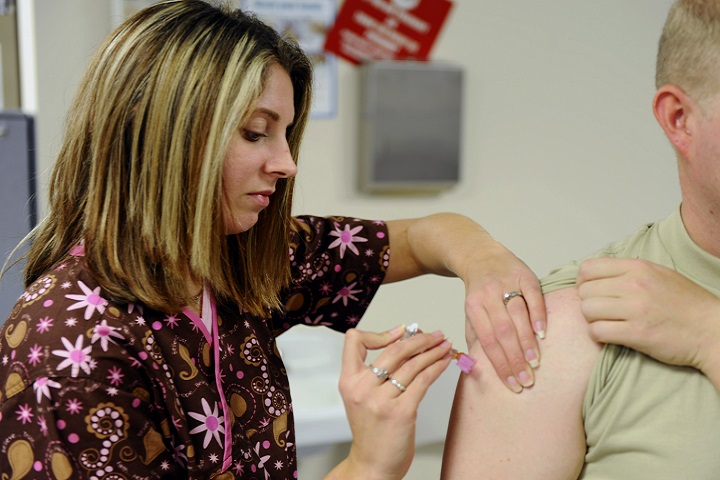
Flu viruses are serious, contagious viruses that can lead to hospitalization or even death
Smoking in disguise: Electronic smoking devices labeled ‘healthy’ can be misleading
Article
9/25/2018

E-cigarette, vaping on the rise among teens and young adults
HPV
Infographic
9/24/2018

Genital human papillomavirus (HPV) is the most common sexually transmitted infection (STI) in the U.S., and is the second most frequently diagnosed STI in U.S. military service members. Currently, HPV is not a mandatory vaccine for U.S. military service. However, it is encouraged and offered to service members.
Drowning
Infographic
9/24/2018

Service members are at risk for unintentional drownings during training, occupational activities, and off-duty recreation. In the U.S., unintentional drowning ranks as the fifth leading cause of unintentional injury death and accounted for an average of 3,558 deaths (non-boating related) annually between 2007 and 2016. The current analysis extends ...
HIV
Infographic
9/24/2018

As part of the U.S. military’s total-force HIV screening program, civilian applicants for military service are screened for antibodies to HIV during pre-accession medical examinations. Infection with HIV is medically disqualifying for entry into U.S. military service. Since 1986, all members of the active and reserve components of the U.S. Armed ...
Army observes September as Suicide Prevention Month
Article
9/24/2018
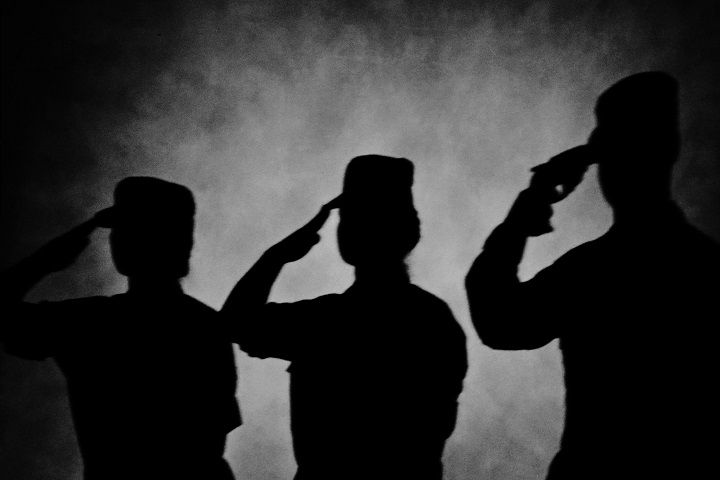
Every person has a responsibility and commitment to reach out and help
Kristin Gwin, Walter Reed Social Worker Talks About Getting Help
Video
9/12/2018

Kristin Gwin, a Social Worker at Walter Reed National Military Medical Center understands that getting help can be an intimidating process. She offers advice on how to get started by letting a professional know you want help.
Stopping bullying takes understanding, involvement
Article
9/7/2018
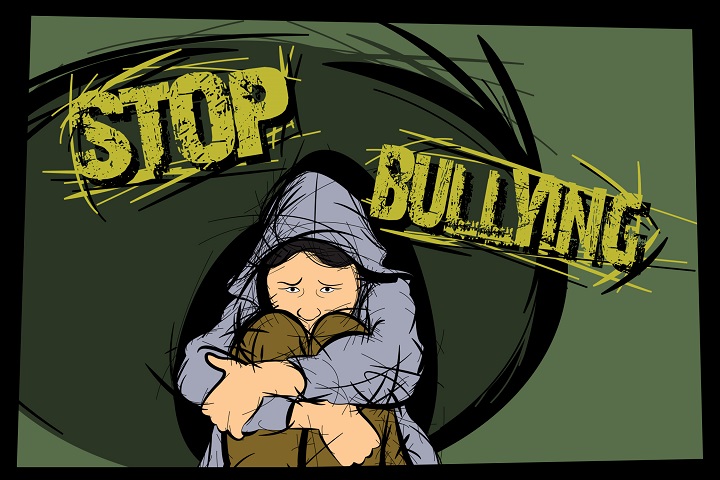
Bullying can leave visible and invisible wounds and have lasting effects on children and teenagers. Signs of the behavior can vary, and bullying others and being bullied are not mutually exclusive, experts say.
Suicide Prevention Month 2018
Video
9/4/2018

September is Suicide Prevention Month. No one fights the battle alone. Make it your mission to #BeThere for each other.
How sharing my PTSD struggles helped others—and me
Article
9/4/2018
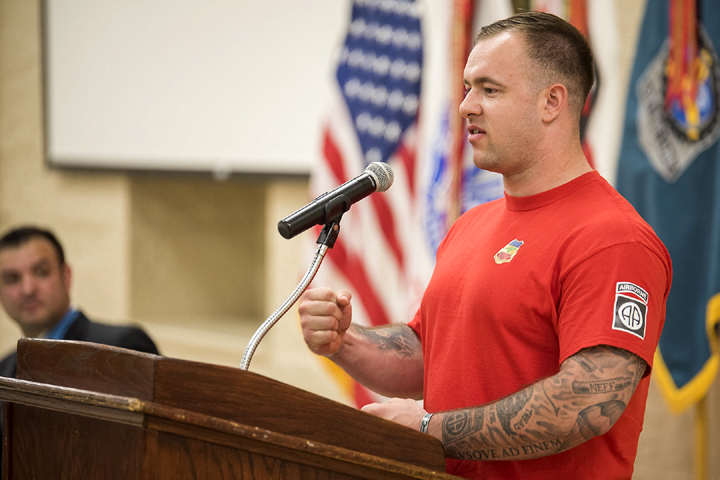
Army Sgt. Jon Harman 82nd Airborne Division, liaison officer at Walter Reed Military Medical Center
Norovirus
Infographic
8/27/2018

Beginning in 2011, the Operational Infectious Diseases (OID) laboratory at the Naval Health Research Center has undertaken routine surveillance of four U.S. military training facilities to systematically track the prevalence of acute gastroenteritis and to establish its etiologies among U.S. military recruits.
Staphylococcus
Infographic
8/27/2018

Staphylococcus: Staphylococcus aureus is a major cause of skin and soft tissue infection (SSTI). Military personnel in congregate settings (e.g., training, deployment) are at increased risk for S. aureus colonization and SSTI. For a 7-month period in 2016, an observational cohort study of S. aureus colonization and SSTI among U.S. Navy submariners was ...
Heat rash is common when the mercury climbs
Article
8/14/2018
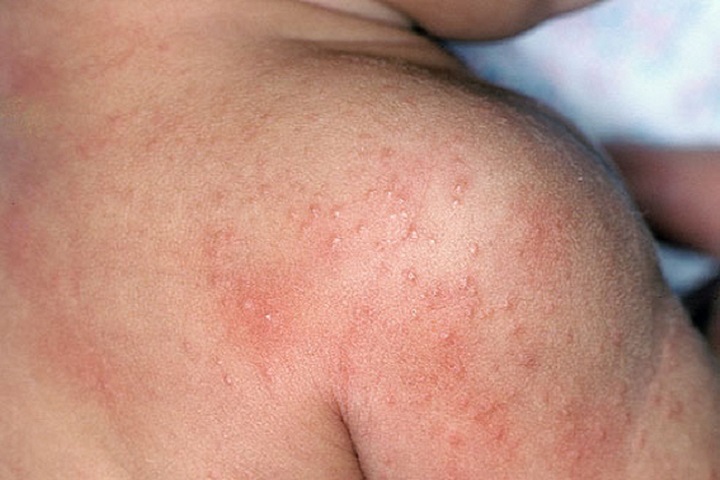
Anyone can be affected, including children and adults
Don't let the bugs bite
Article
8/2/2018

Most parents do a good job of protecting their kids from the sun, but they also need to consider why it's important to guard against potentially harmful insect bites and stings
The things head lice carry: Stigma and hassle, but no harm
Article
7/31/2018
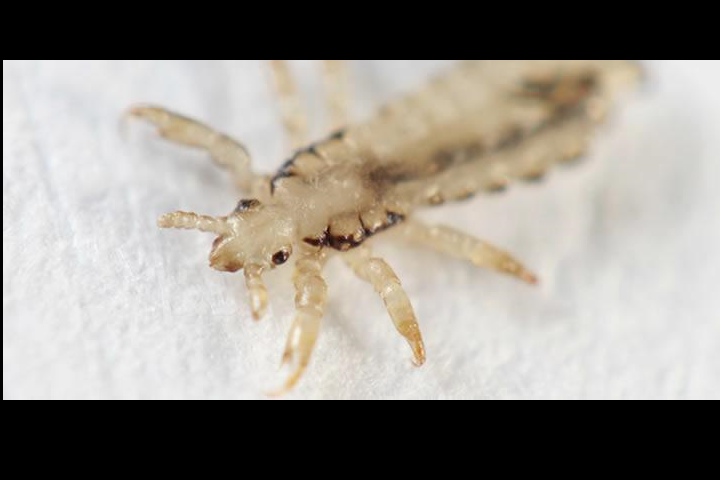
Lice – a common affliction in school children – are gross but harmless






















.png)











No hay comentarios:
Publicar un comentario